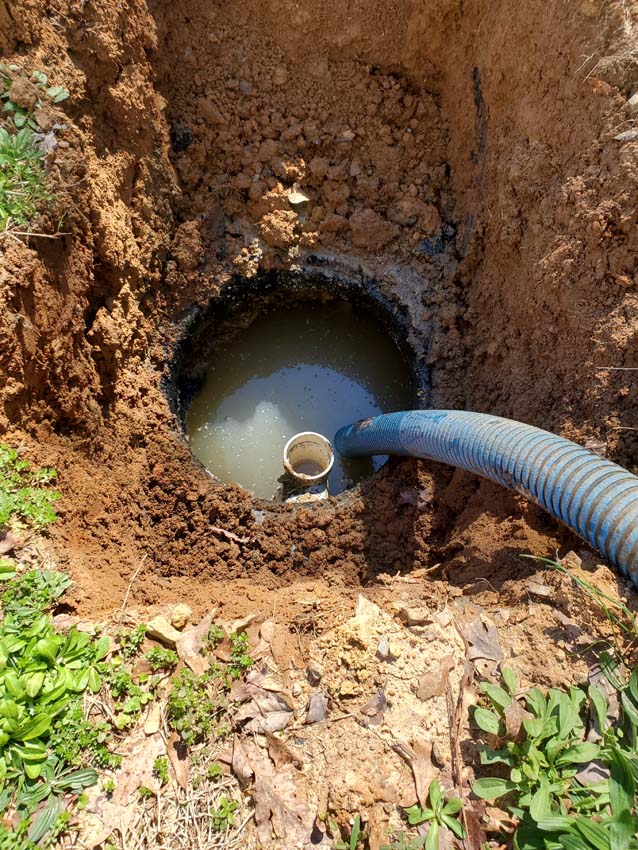The first step in leak detection is recognizing the signs of a leak. Water stains on walls or ceilings, as well as sounds of running water where there should be none, are common indicators that something is amiss. If you do notice these symptoms, contact a professional immediately for help with further inspection and repair.
Once the source of the leak has been identified, the next step is to take measures to rectify it. Depending on the severity of the issue, this may involve anything from simple patchwork to complete reconstruction. In addition to traditional methods such as caulking and re-tiling roofs, advanced technologies like infrared imaging can also be used to diagnose weak points in your home’s structure more precisely and quickly.
Finally, don't forget about preventive maintenance! Regularly checking pipes for any sign of wear or strain will help detect small leaks before they become big problems later on down the line. Additionally, installing sensors in vulnerable areas like bathrooms and basements can alert you if moisture levels increase beyond normal levels – giving you ample time to act accordingly until repairs arrive.
All in all, proper leak detection and repair is crucial for keeping your house safe and secure from long-term damage caused by water leakage – so don't hesitate to invest in quality services when needed!
